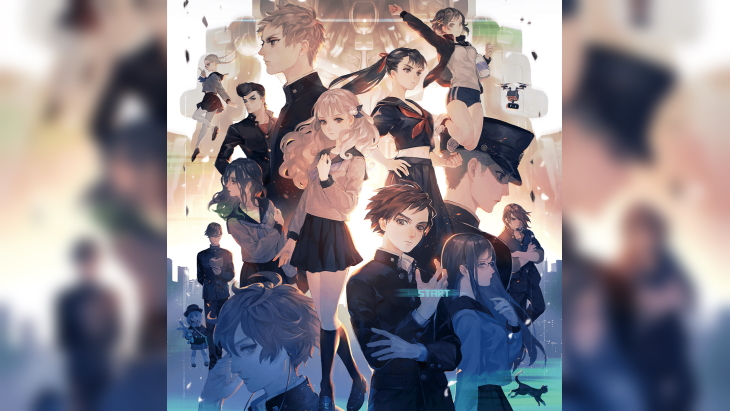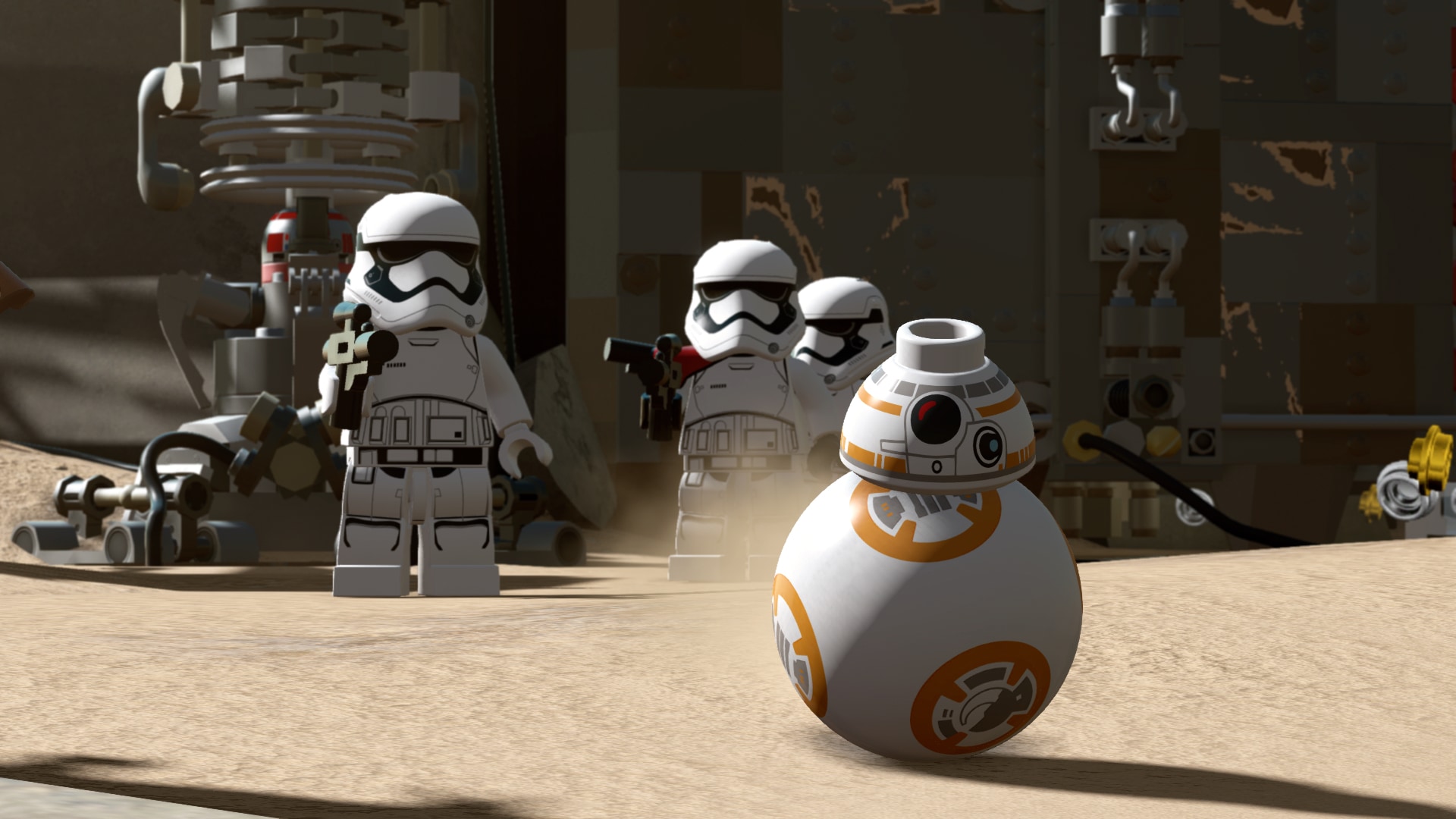One of Ghost of Tsushima’s most admirable elements is how it goes all-out in trying to immerse players in its beautiful and vivid world. The island of Tsushima is large and varied, with so much to see and explore, and every place you visit is just teeming with atmosphere. Though the game is a tab unpolished from a technical perspective – especially for a Sony exclusive – it is still full of a ridiculous amount of tiny incredible details that help bring its world to life. Here, we’ll be talking about a few such details.
CLEANING YOUR SWORD
A samurai slices through an oncoming foe, calmly whips his katana in the air to clean the blood on its blade, and silently sheathes it again- an image that’s been stuck in all our minds for generations, and an image that pops up in Ghost of Tsushima again and again. In fact, it’s not jut cutscenes where you get to see this- you can actually do it at will in the game itself. After a combat encounter, if you swipe right on the touchpad, Jin will clean his sword – either by wiping it on his clothes or with a quick whipping motion – before sheathing it again.
JIN’S DIRTY CLOTHES
Jin has a respectable repertoire of moves at his disposal for dispatching Mongol foes, and many of these have a physical impact on his character model. For instance, if you crawl through or roll around on a particularly muddy area of the ground and then immediately look at Jin, you’ll see that both his clothes and his face will be visibly dirtier.
DISMEMBERMENT
With melee katana combat being central in Ghost of Tsushima, dismemberment was always going to be a crucial element that the game could not have afforded to shortchange- thankfully, it didn’t. Animations in combat look spectacular, but more particularly, dismemberment of limbs in the game is a (gruesome) sight to behold. Watching Jin slice through an enemy’s arm, only to see it get separated from his body and fall to the ground and blood squirts out is by no means a pleasant sight, but one that really grounds the combat.
BLOOD SPATTER
It’s not just dismemberment of limbs that adds to the visual appeal and authenticity of combat in Ghost of Tsushima- blood spatter is also gleefully realistic. Depending on how you strike your enemy and how you are positioned with respect to them, the direction of blood spatter will change accordingly. Skewering a foe through the shoulder with a forward thrust will see a small stream of blood gush through the wound, while a vicious slice across the torso will see blood bursting out in all directions.
WIND AND PARTICLE EFFECTS
Tsushima is a very windy place- in fact, it is one of the most instantly unique and recognizable elements of the game’s world, and something that really helps it stand out from other open worlds. It helps that is looks just incredible. With very gust of wind, stalks of grass and trees sway gently, while the particle effects on display during these moments are particularly impressive as well. Walking through a forest in the middle of a storm and seeing dead leaves blowing in a direction with gusts of wind is truly an impressive sight, and one that adds so much to this game’s unique visual identity.
TALL GRASS
There’s no shortage of tall grass in Ghost of Tsushima, and the game makes sure to do as much with it as it possibly can, especially from a visuals perspective- in fact, it’s hard to think of a single game that has done this much with tall grass, of all things. We already spoke about rolling fields of grass gently swaying in the wind, but Jin himself also physically reacts to it. Riding a horse through a field of tall grass will see Jin reaching out and touching the top of the stalks with his hands. It’s a tiny detail, but a very neat touch that is really appreciated.
THE WEATHER
Jin has the ability to change the weather by playing his flute, but players can actually affect the weather on Tsushima island in other ways as well. To be more specific, the weather reacts to how you play. If you’re more stealthy and use tactics that go against Jin’s honour-bound samurai code, you will see furious thunderstorms with much greater frequency, almost as if the weather itself is reflecting Jin’s ever growing inner turmoil.
MONGOL EAGLES
Ghost of Tsushima deserves a lot of props for its excellent enemy designs, and how much variety there is across all of them. One particular enemy type is a Mongol eagle, which doesn’t attack you, but will alert Mongol soldiers if it spots you. What’s interesting is that if you kill that eagle’s master in combat (which you obviously will do) before killing the eagle itself, the eagle will land by the corpse and mourn its dead master, before flying away, never to be seen again.
WILDLIFE
It’s not just the vibrant and colourful flora of Tsushima island that lends so much beauty to the game’s world. This is also a place with plenty of wildlife- and while animals such as deer and bears are abundant and frequently seen (and can, of course, be interacted with), there are other smaller critters as well that serve only visual purposes. For instance, you can often spot pelicans flying above the ocean, or frogs hopping about in and around ponds, or crabs skittering across the sand on beaches. They don’t look particularly good up close, but then again, they don’t need to- they’re there to make the world more believable, and they certainly succeed in doing that.
ENVIRONMENTAL CUES
Open world exploration is one of the areas where Ghost of Tsushima is at its strongest, and a huge reason for that is how it insists on grounding players in its world rather than relying on intrusive UI elements. Taking a page out of Red Dead 2 and Breath of the Wild’s books, every side activity in Ghost of Tsushima has very clear visual cues that all make sense within the game’s world. Bamboo strike challenges can be found under banners, plumes of smoke rise from Mongol-occupied places, while swarms of birds mark Haiku spots. What’s particularly noticeable about all of this is how clearly these cues mark the activities related to them, and how – as we’ve mentioned – they make so much sense in the game’s world. Not only does this make exploration a lot more fun, it also adds a ton to the world’s identity and atmosphere.











